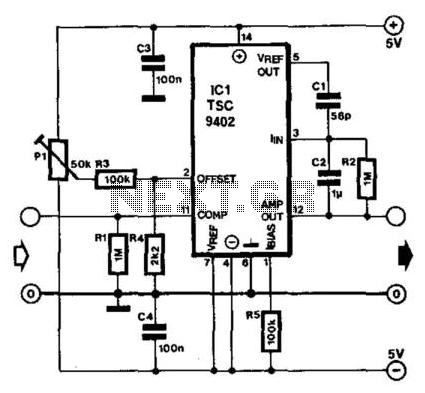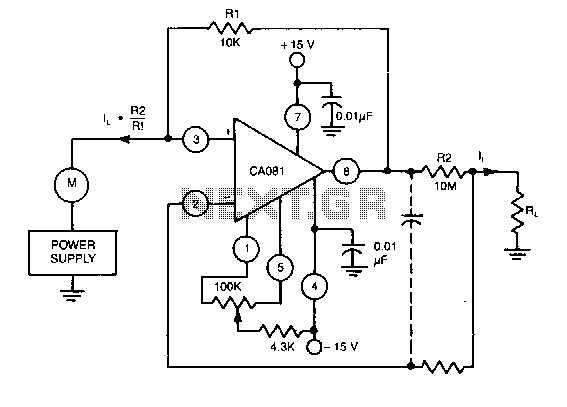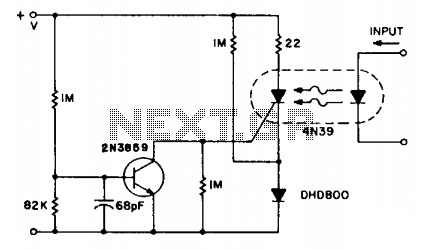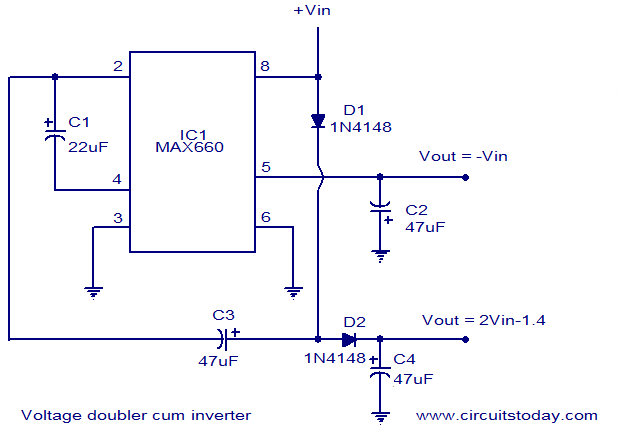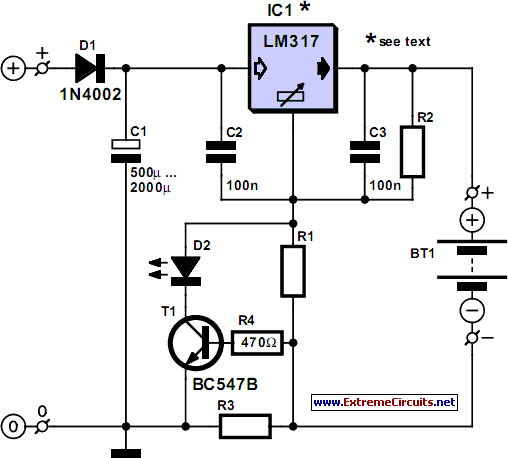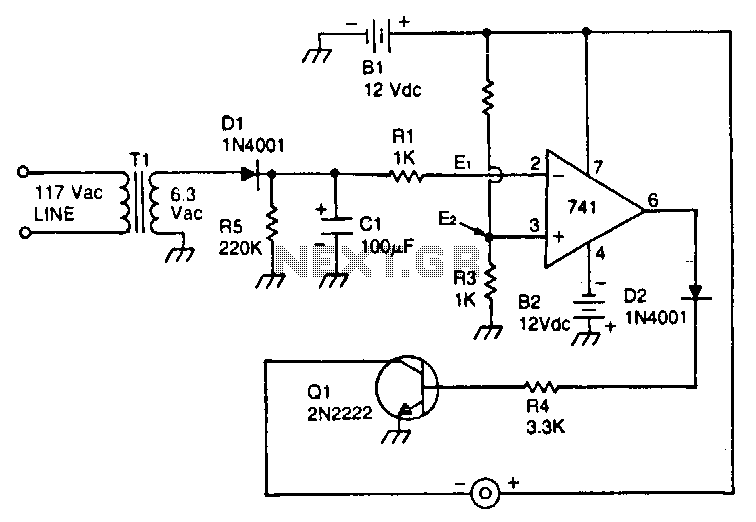
NiCAD Battery Charger with Current and Voltage Limiting

The following diagram is the schematic of a Ni-CAD battery charger circuit, which includes current and voltage limiting features to extend the battery's lifespan. The lamp L1 will illuminate brightly, and the LED will be off when the battery is charging.
This Ni-CAD battery charger circuit is designed to ensure safe and efficient charging of nickel-cadmium batteries. The key components of the circuit include a transformer, rectifier, voltage regulator, current limiting resistor, and indicator lamps.
The transformer steps down the mains voltage to a suitable level for charging the battery. Following the transformer, a rectifier converts the AC voltage to DC, which is necessary for charging the battery. The rectified output is then smoothed using a capacitor to reduce ripple voltage, providing a more stable charging voltage.
Current and voltage limiting features are critical in preventing overcharging, which can damage the battery and reduce its lifespan. A current limiting resistor is included in the circuit to restrict the maximum current flowing to the battery. Additionally, a voltage regulator may be employed to maintain a consistent output voltage, ensuring that the battery does not exceed its rated voltage during the charging process.
The indicator lamp L1 provides a visual indication of the charging status. When the charger is actively charging the battery, L1 will illuminate brightly, signaling that the circuit is functioning correctly. Conversely, an LED indicator will be off when the battery is fully charged, indicating that charging has ceased to prevent overcharging.
Overall, this schematic diagram presents a comprehensive solution for charging Ni-CAD batteries safely and effectively, extending their operational life through careful management of current and voltage during the charging process.The following diagram is the schematic diagram of Ni-CAD Battery Charger circuit which featured with current and voltage limiting to keep the battery lifetime. The lamp L1 will be light brightly and the LED will be out when the battery is.. 🔗 External reference
This Ni-CAD battery charger circuit is designed to ensure safe and efficient charging of nickel-cadmium batteries. The key components of the circuit include a transformer, rectifier, voltage regulator, current limiting resistor, and indicator lamps.
The transformer steps down the mains voltage to a suitable level for charging the battery. Following the transformer, a rectifier converts the AC voltage to DC, which is necessary for charging the battery. The rectified output is then smoothed using a capacitor to reduce ripple voltage, providing a more stable charging voltage.
Current and voltage limiting features are critical in preventing overcharging, which can damage the battery and reduce its lifespan. A current limiting resistor is included in the circuit to restrict the maximum current flowing to the battery. Additionally, a voltage regulator may be employed to maintain a consistent output voltage, ensuring that the battery does not exceed its rated voltage during the charging process.
The indicator lamp L1 provides a visual indication of the charging status. When the charger is actively charging the battery, L1 will illuminate brightly, signaling that the circuit is functioning correctly. Conversely, an LED indicator will be off when the battery is fully charged, indicating that charging has ceased to prevent overcharging.
Overall, this schematic diagram presents a comprehensive solution for charging Ni-CAD batteries safely and effectively, extending their operational life through careful management of current and voltage during the charging process.The following diagram is the schematic diagram of Ni-CAD Battery Charger circuit which featured with current and voltage limiting to keep the battery lifetime. The lamp L1 will be light brightly and the LED will be out when the battery is.. 🔗 External reference
